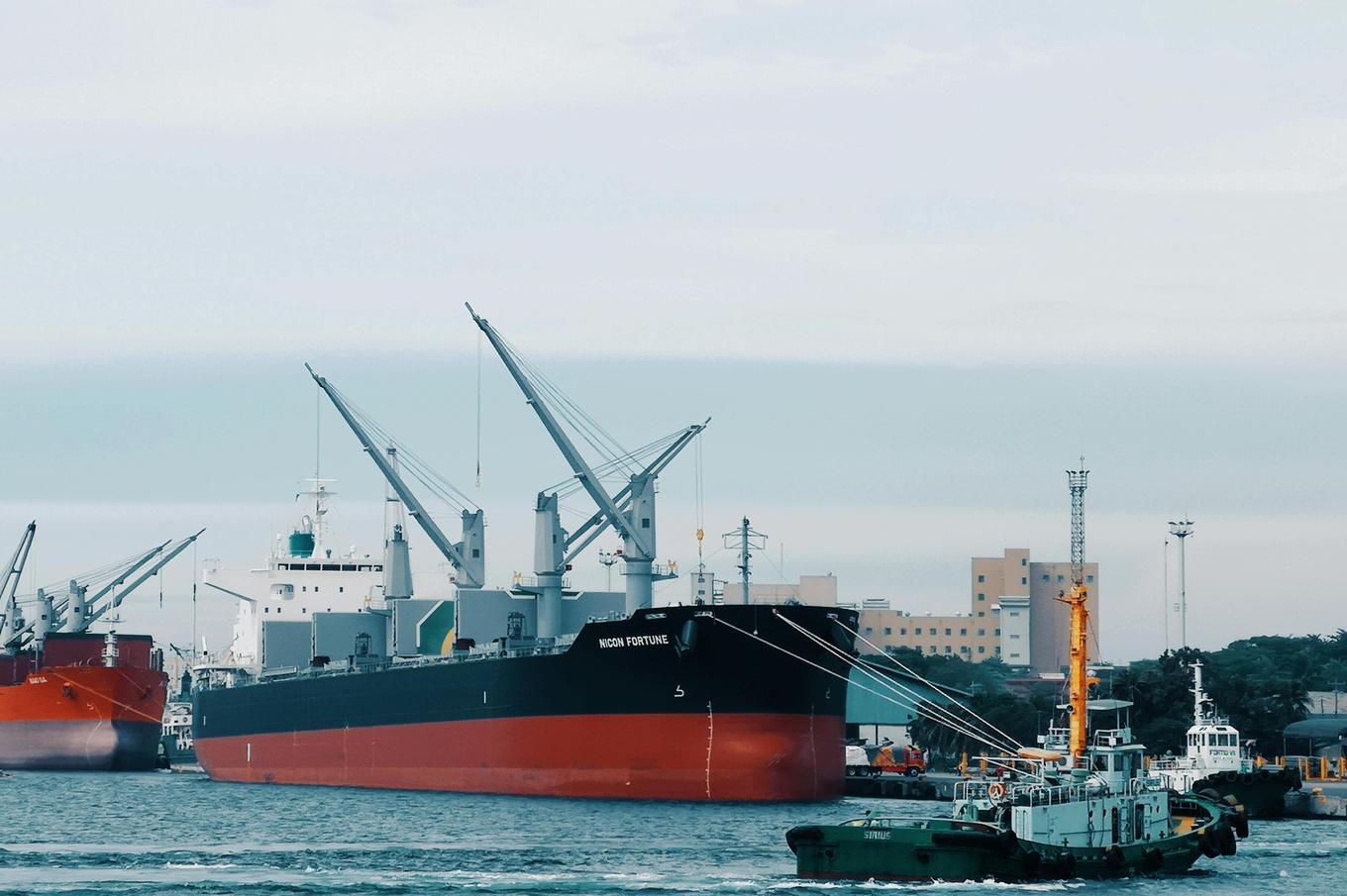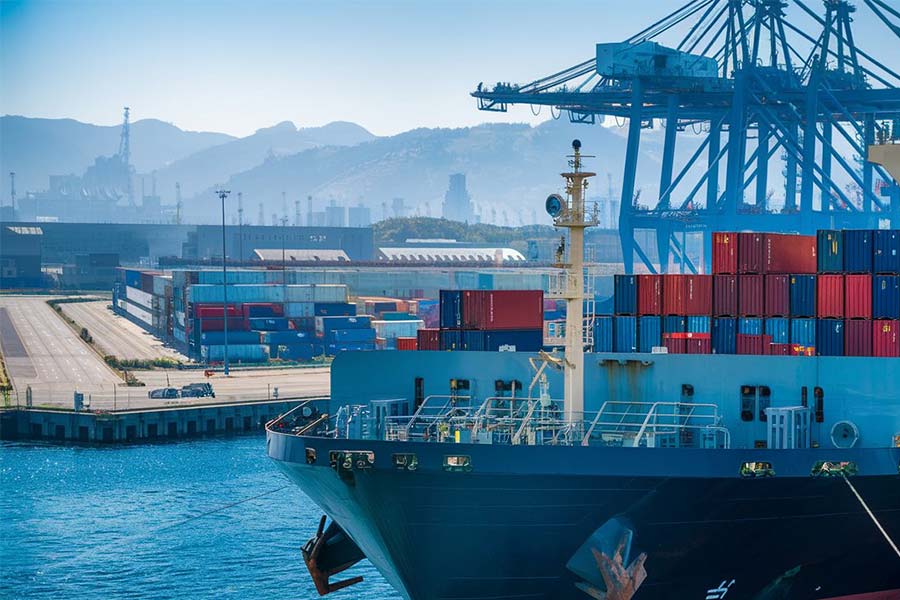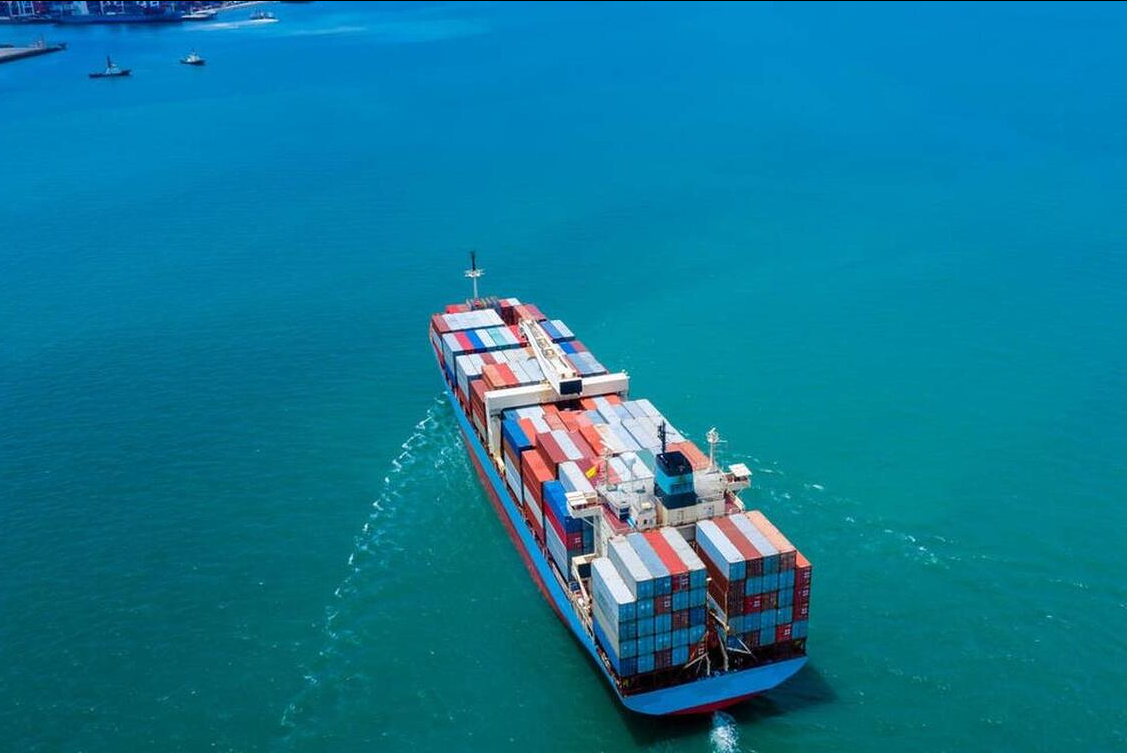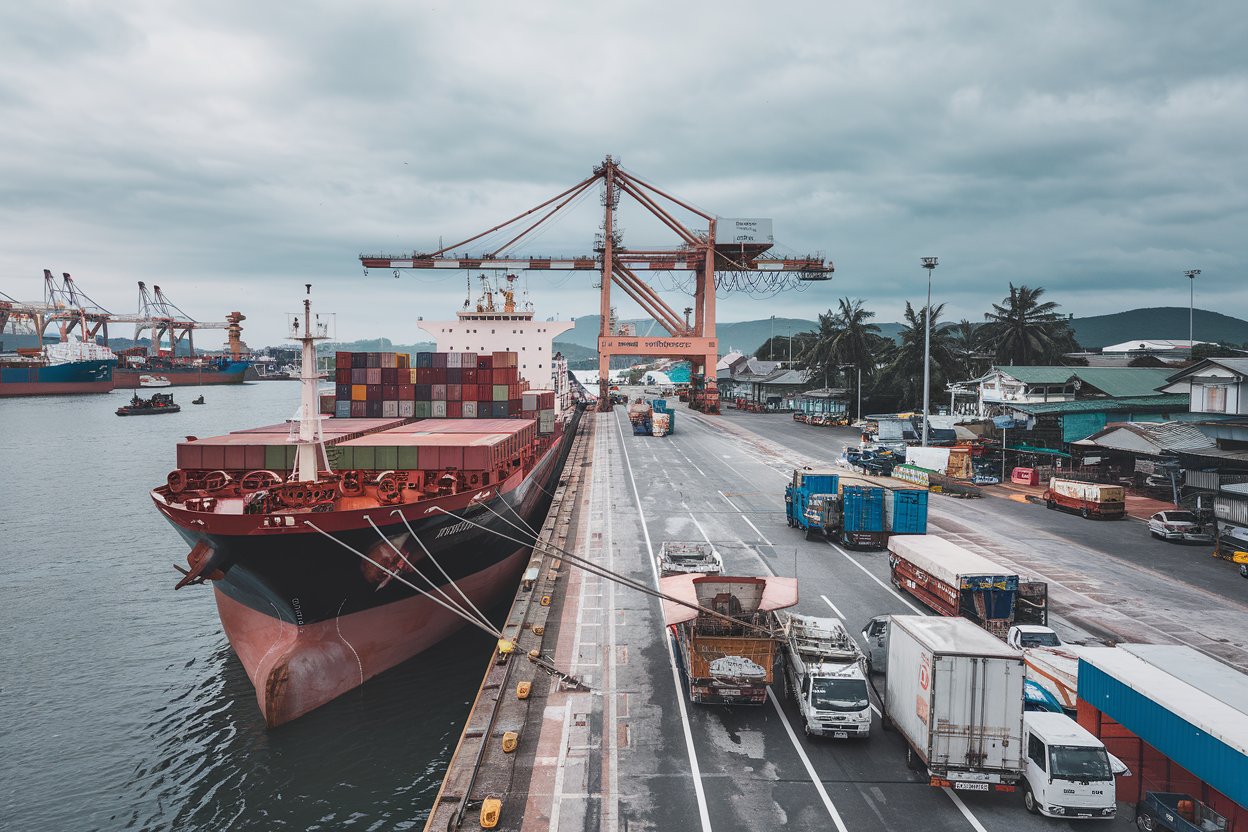- Shanghai Zhongshen International Trade Co., Ltd. - Two decades of trade agency expertise.
- Service Hotline: 139 1787 2118

Japanese Machineryequipment. For example, Indonesia has the SNI certification, Thailand has the TISI certification, and the Philippines has the BPS certification. It is necessary to confirm in advance the equipment voltage (such as 380V/50Hz in Thailand), the compatibility of the CE certification, and the proof of environmentally friendly materials.coexists with market advantages and risks
As a global benchmark in precision manufacturing, Japanese machinery equipment accounts for 23.6% of Chinas import market (Customs data for Q1 2025). Brands like Mitsubishi Heavy Industries, FANUC, and Yaskawa Electric maintain technological leadership in automotive manufacturing, electronic processing, industrial robotics and other fields. However, frequent issues such asHS code misclassification,Technical standard conflicts,Logistics solution defectsduring importation result in an average customs clearance period that is 5-8 working days longer than for European and American equipment.
Comprehensive analysis of the value of professional agency services throughout the process
Compared to independent operations by enterprises, professionalforeign tradeagencies create differentiated value in three dimensions:
- Technical parameter pre-review mechanism
- Early identification of compatibility differences between JIS standards and GB standards
- Anticipating energy efficiency certification requirements for specific equipment (such as METI filing with the Ministry of Economy, Trade and Industry)
- Tariff optimization scheme design
- Applying the China-Japan tariff concession schedule for tariff classification arguments
- Tax-free applications for specific equipment under the 2025 revised ECFA
- Customized logistics solutions
- Split transportation and on-site assembly solutions for oversized equipment
- Constant temperature and humidity container configurations for precision instruments
Typical scenarios of customs clearance delays and response strategies
According to the imported equipment violation case database released by the General Administration of Customs in 2025, Japanese machinery equipment mainly faces the following risk points:
- HS Code Disputes: CNC machine tool magazine systems being mistakenly classified under complete machine tariff codes, resulting in a 12% tariff increase
- Missing documents: Failure to provide JACA (Japan Air Cleaning Association) certification affecting customs clearance progress
- Transportation Loss: Not using anti-static packaging leading to damage of precision circuit boards and quality disputes
Key decision points for import cost control
By comparing import cases of an automotive parts manufacturer from 2024-2025:
- Independent operation group: Average delivery cycle of 47 days, hidden costs accounting for 21.3%
- Agency service group: Average delivery cycle of 32 days, hidden costs reduced to 9.8%
mainly includingHidden Costsnon-obvious expenses such as demurrage fees, technical rectification costs, and breach of contract compensation. Professional agencies can reduce unexpected costs by over 60% through preliminary risk screening.
Technical connection points during equipment acceptance stage
After customs clearance of imported equipment, attention should still be paid to:
- Work visa processingfor Japanese engineers coming to China for installation
- Technical parameter conversionduring equipment debugging(such as 110V to 220V power adaptation)
- Preparation of claim materialsduring the quality objection period(original transport seals must be preserved)
Related Recommendations
Category case
Get in Touch
Email: service@sh-zhongshen.com
Related Recommendations
Contact via WeChat

? 2025. All Rights Reserved. Shanghai ICP No. 2023007705-2  PSB Record: Shanghai No.31011502009912
PSB Record: Shanghai No.31011502009912









